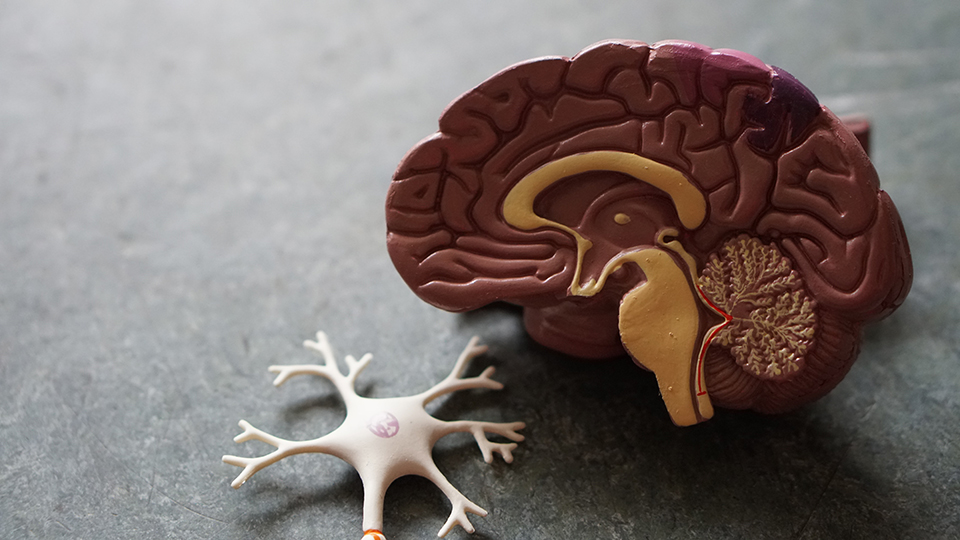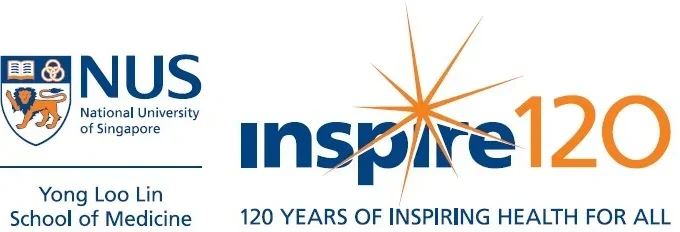NUS researchers discover a dependency of glioblastoma on biotin distribution
Published: 15 Sep 2021

Photo by Robina Weermeijer on Unsplash
Glioblastoma is the most lethal and malignant adult brain cancer that may arise from neuroglial stem or progenitor cells. Certain gene mutations or those with a known history of other cancers and radiation therapy may predispose patients to develop brain cancer. Tumour relapse is invariably inevitable due to the resistance of glioblastoma towards standard therapies. Additionally, the infiltrative nature of these tumour cells means it is often not possible to surgically remove them completely.
Researchers from NUS Yong Loo Lin School of Medicine have discovered that the FDA-approved anti-fungal drug, sulconazole, exhibits anti-cancer properties towards glioblastoma cells. This was published in the latest issue of Science Advances. An in-depth investigation of this compound revealed that it competes with biotin (Vitamin H), an important co-factor for metabolic enzymes and modifier of histones, allowing it to inhibit the normal function of biotin-dependent metabolic enzymes and specific histone modification-associated gene expression. This compromises glioblastoma metabolism and epigenetics, thereby impairing the tumour growth and invasiveness of glioblastoma cells.
“Since biotin is found in various food sources, including legumes, egg yolk and offal, and commonly consumed as a supplement, these findings raise an important consideration of regulating biotin consumption in glioblastoma patients. This discovery would also lay the foundation for the development of drug combinations from existing or new small molecule inhibitors against some of the biotin-dependent metabolic enzymes and histone modifications to cripple glioblastoma; some of these are already being actively explored in cancer treatment,” said Assistant Professor Derrick Ong from the Department of Physiology and Principal Investigator of this study.
More details can be found in the press release here or in the article from Science Advances here.

